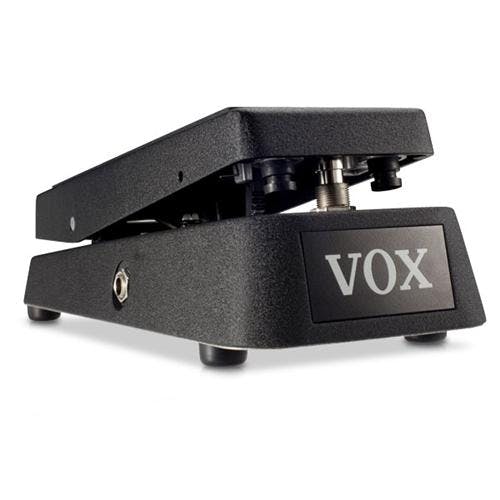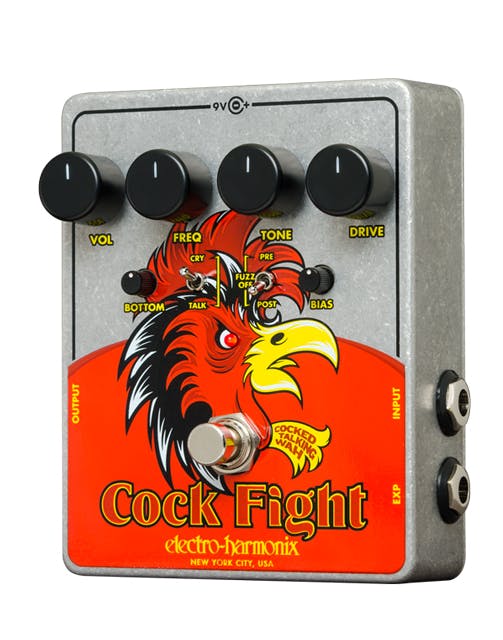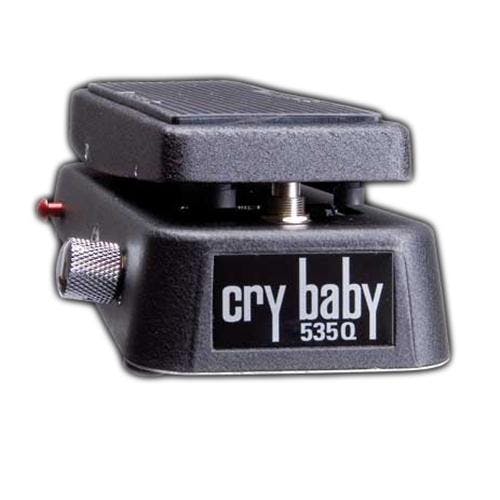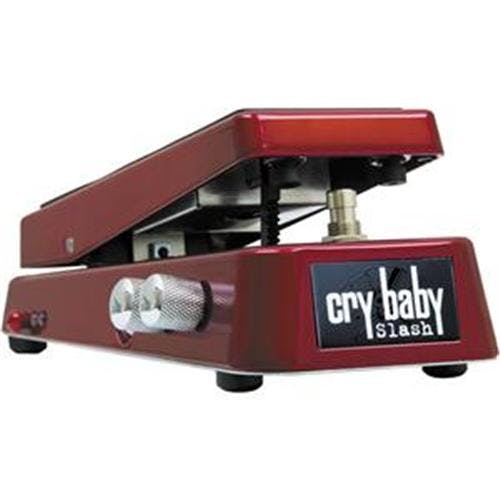just a load of Wah Video – Expectation VS Reality | Wah Pedal |
Wah Video – Expectation VS Reality | Wah Pedal |
SONICAKE Multi-Effects Guitar Pedal Guitar Bass Amp Modeling IR Cabinets Simulation with Expression Pedal FX Loop MIDI Stereo OTG USB Audio Interface Matribox QME-50
£98.00 £94.99
130 Built-in Guitar/Bass/Acoustic Effects with 40 Legendary Amp Models and 38 carefully selected IR Cabinet Simulations, 24-bit 44.1kHz Signal Processing 100 Built-in Drum Rhythms and 90 Seconds Looper, 198 Presets, Adjustable Signal Chain with Maxim… read more
BOSS Fv-500H High Impedance Volume Pedal, Ultra-Smooth Pedal Movement & Heavy-Duty Aluminum Die Casting Body
£113.00 £104.48
For 14 years, the famous BOSS FV-300 served as an industry-standard volume pedal, today the bar has been raised with BOSS’s FV-500H and FV-500L pedals. These tank-tough diecast pedals are designed to meet the needs of the most demanding customers. FV… read more
BOSS RC-500 Dual-Track Loop Station – Advanced two-track looper with premium sound quality, Loop FX, 99 phrase memories, 57 rhythms, and MIDI control support
£311.00 £245.00
Advanced two-track looper with onboard mixing and deep control options Stereo looper engine with 13 hours of recording time LCD with multi-color backlight for viewing loop status and editing parameters Mono/stereo inputs for easy pedalboard integrati… read more
SONICAKE Mini Active Wah Volume Effect Guitar Pedal 2 in 1 VolWah Expression Pedal
£49.99 £47.49
100% Analog Volume/Wah 2 in 1 Pedal with a lightweight casing but yet truly Robust and Well-Built . Active Volume Control can keep away from Impedance Mismatch Troubles . Crybaby Style Vintage Wah Sound. Switch between Volume & Wah by the hidden Foot… read more
Behringer FX600 Digital Multi-Effects Pedal
£29.00
Studio-Grade FX Engine: Enjoy a 24-bit, 40 kHz high-resolution stereo FX engine that delivers studio-quality effects in a compact, affordable stompbox Six Versatile Effects: Choose from Flanger, Chorus, Phaser, Delay, Tremolo, and Pitch Shifter to tr… read more
Mooer MAC1 Akoustikar Acoustic Guitar Simulator
£57.99 £56.00
3 Working Modes: Piezo/Standard/Jumbo Full metal shell Very small and exquisite True bypass























